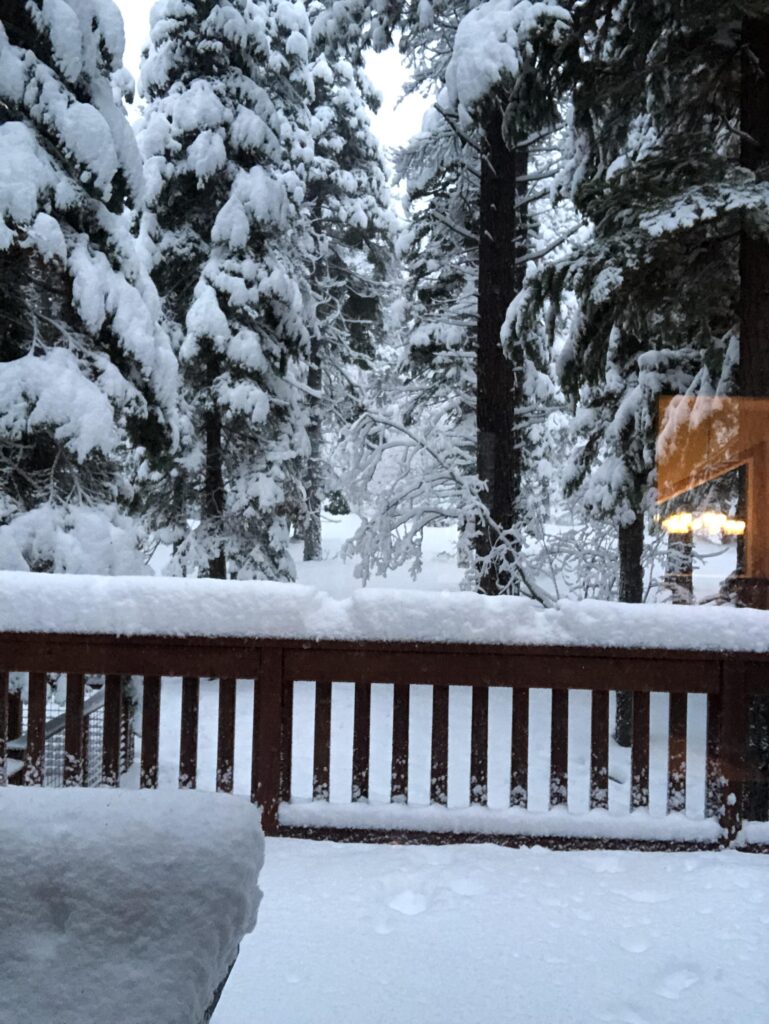Slope Style: How to Choose the Right Skis for You


Skiing is a popular winter sport that offers an exhilarating experience for both beginners and experts. Whether cruising down groomed runs or carving fresh powder, having the right skis can make all the difference in your performance and enjoyment on the mountain. With so many different types of skis available, choosing the right pair can seem overwhelming. But fear not; by following a few simple guidelines, you can find the perfect skis to suit your skill level and skiing style.
Determine Your Skiing Ability Level
Before choosing a pair of skis, it’s essential to determine your skiing ability level. Skiing ability levels are typically categorized as beginner, intermediate, advanced, and expert. It’s important to be honest about your skill level to ensure you choose the right skis to match your abilities.
Beginner skiers should look for shorter and more forgiving skis, making them easier to turn and control. These skis will help build confidence and improve technique. Intermediate skiers should look for slightly longer and stiffer skis, providing more stability and control at higher speeds. Advanced and expert skiers should look for longer and stiffer skis with a narrower waist, allowing for greater precision and speed on the slopes.
Consider Your Preferred Skiing Terrain
The type of terrain you prefer to ski will also play a significant role in choosing the right skis for you. Skis come in various shapes and sizes, each designed for different types of terrain.
If you’re a beginner or intermediate skier who enjoys cruising down groomed runs, you’ll want to look for skis with a shorter turn radius, making them easier to turn and control. A narrower waist will provide more stability and control on hard-packed snow.
If you enjoy skiing off-piste in fresh powder, you’ll want to look for skis with a wider waist, allowing for greater floatation and maneuverability in deep snow. A rocker profile, which curves upwards at the tip and tail of the ski, will also help you stay afloat in powder.
If you’re an expert skier who enjoys steep, technical terrain, you’ll want to look for skis with a longer turn radius and a stiffer flex, providing more precision and stability at higher speeds.
Choose the Right Ski Length
Once you’ve determined your skiing ability level and preferred terrain, it’s time to choose the right ski length. Ski length is determined by height, weight, and skiing ability level. Skis that are too short or too long can hinder your performance and make skiing more difficult.
Beginner skiers should look for skis that are chin-to-nose height. Intermediate skiers should look for skis that are nose-to-forehead height. Advanced and expert skiers should look for skis that are forehead height or longer.
Consider Ski Width
The ski or waist width measures the narrowest point on the ski underfoot. The width of your skis will affect how they perform in different types of snow and terrain.
Suppose you’re a beginner or intermediate skier primarily skis on groomed runs. In that case, you’ll want to look for skis with a narrower waist, providing more stability and control on hard-packed snow.
If you enjoy skiing off-piste in fresh powder, you’ll want to look for skis with a wider waist, allowing for greater floatation and maneuverability in deep snow.
Choose the Right Ski Shape
The shape of your skis will also affect how they perform on the mountain. Skis come in three main shapes: camber, rocker, and flat.
Camber skis have a slight arch underfoot, providing excellent edge control and stability on hard-packed snow. These skis are best suited for groomed runs and carving turns.
Rocker skis have an upward curve at the tip and tail of the ski, allowing for greater floatation and maneuverability in deep snow. These skis are best suited for off-piste skiing and powder.
Flat skis have no camber or rocker and provide a neutral platform for skiers to perform on. These skis are best suited for park and freestyle skiing.
Consider Ski Bindings
Ski bindings are an often-overlooked but crucial component of your ski setup. Bindings transfer energy and movements to your skis and ensure your safety during a fall.
When choosing bindings, you’ll want to ensure they are compatible with your skis and skiing ability level. Beginner and intermediate skiers should look for bindings with lower release values, allowing for easier release in the event of a fall. Advanced and expert skiers should look for bindings with higher release values, providing more security and control at higher speeds.
Get Professional Advice
Choosing the right skis can be a daunting task, and there’s no shame in seeking professional advice. Ski shops and rental stores often have knowledgeable staff to help you choose the right skis for your skiing ability level, preferred terrain, and body type.
You can also consider renting skis before purchasing them to test out different styles and lengths before making a final decision.
In conclusion, choosing the right skis can make all the difference in your skiing performance and enjoyment on the mountain. By considering your skiing ability level, preferred terrain, ski length, width, shape, and bindings, you can find the perfect skis to suit your needs. Don’t be afraid to seek professional advice and try out different skis before making a final decision. Happy skiing!
